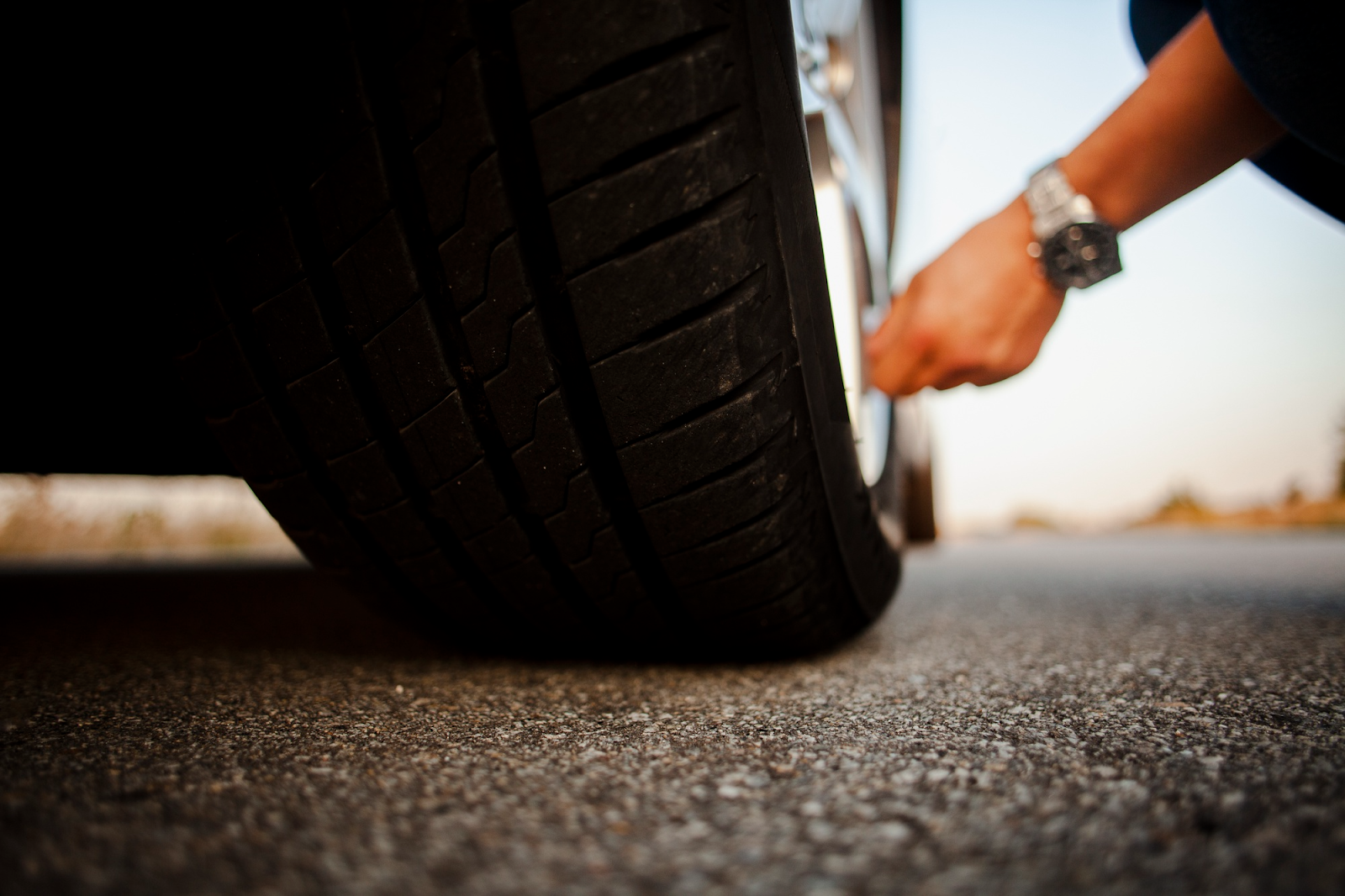We’ve all been there – the dreaded moment when you realize your car might have a punctured tire. The sinking feeling as you contemplate the inconvenience and potential safety hazards can be overwhelming. But fear not, as we embark on a journey to unravel the mysteries surrounding driving on a punctured tire.
How do you know if the car tyre is punctured?
The first step in addressing a potential tire issue is recognizing the signs. A sudden loss of air pressure, a noticeable hissing sound, or an uneven driving experience are all indicators that your tire may be punctured. Regularly checking your tire pressure and visually inspecting the tread can also help you identify potential punctures before they become a significant problem.
Can you drive with a flat tyre?
The short answer is, yes but not recommended. While modern cars often come equipped with run-flat tires that allow you to drive a limited distance at reduced speed after a puncture, driving on a truly flat tire can cause severe damage to both the tire and the wheel. It can also compromise your safety and the safety of others on the road.
Alternative ways when you have a flat or a punctured tyre.
What to do when facing a tyre puncture? Here are some steps you can take:
Pull Over Safely: When you suspect a flat tyre, find a safe spot to pull over, away from traffic. The sooner you address the issue, the better chance you have of preventing further damage.
Use Spare Tire: Many vehicles are equipped with a spare tire, which can be a temporary solution to get you to a safer location or a repair shop.
Use A Tire Repair Kit: Compact and convenient, tire repair kits often include sealant and a compressor to temporarily fix minor punctures. While effective for small holes, they are not a permanent solution.
Call For Assistance: Many insurance policies include roadside assistance services. A professional can come to your location to assess and either replace/repair the tyre or send a tow truck.
How far can you drive with a flat tyre?
The distance you can cover on a flat tire depends on various factors, such as the severity of the puncture, the type of tire, vehicle’s weight, and your driving speed. In general, it is advisable to limit your travel to a few miles at a reduced speed to avoid further damage.
Tyre puncture repair is possible if:
Puncture caused by small objects: A slow puncture in car tires often results from the penetration of small, sharp objects like nails, screws, or glass fragments. These objects typically create minor holes or cuts, leading to a gradual release of air. While not classified as severe damage, immediate repair is advisable to prevent potential blowouts during high-speed driving.
Puncture size is less than 5mm in diameter: If the tire incurs a cut or puncture smaller than 5mm in diameter, it can be easily repaired using appropriate methods, ensuring the safe operation of the tire.
Puncture occurs within a repairable area: The location of the puncture plays a crucial role in determining repair feasibility. Punctures within the tread area and within repairable limits can be effectively addressed, whereas damage to the tire sidewall is beyond repair.
Tyre puncture repair is not possible if:
- Puncture is deep and sizable: When the tire hole or cut exceeds 5mm in diameter, rapid deflation occurs, posing a high risk of severe tire damage.
- Weakening of internal structure: Rough cuts and deep holes compromise the internal structure of the tire, leading to issues such as visible tire bead, internal casing damage, and other irreparable damages. This jeopardizes the tire’s function and the safety of the vehicle.
- Sidewall puncture: The flexible sidewall structure, integral to the tire’s performance, cannot be patched or plugged. Repairing damage to this crucial part is not recommended due to its significant impact on the tire’s overall functionality and safety.
How to repair a tyre puncture?
While some punctures can be fixed with a plug or patch, it’s essential to follow a proper procedure for a tyre puncture repair:
- Identify the Puncture: Locate the puncture and assess its size and location.
- Remove the Tyre: If possible, remove the tyre from the wheel for a thorough inspection.
- Insert a Plug or Apply a Patch: Depending on the size and location of the puncture, insert a plug or apply a patch following the manufacturer’s guidelines.
- Reinflate and Balance: Once repaired, reinflate the tyre to the recommended pressure and balance the wheel.
Conclusion
While the prospect of a punctured tire may seem daunting, armed with the right knowledge, you can confidently navigate the challenges that come your way. Remember, safety should always be the top priority, and if in doubt, seek the expertise of professionals to ensure a smooth and secure journey on the road. Contact us now to get your tire checked.




